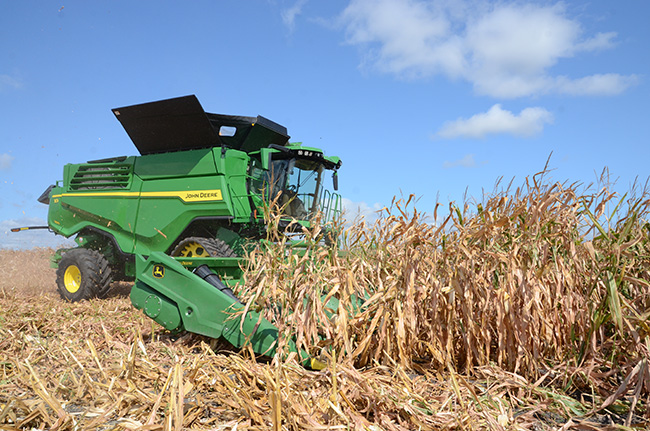10 Tips for Harvest Timing, Field by Field
Your equipment is ready, but where should you start? We offer a refresher on determining the best way to tackle #harvest22.
Your equipment is ready, but where should you start? We offer a refresher on determining the best way to tackle #harvest22.
"No plan survives first contact with the enemy."
Harvest can feel like the final, decisive battle of a yearly campaign to get the most out of your acres. Choosing where to start can seem overwhelming, as each decision and outcome throughout the season can drastically alter your carefully laid plans.

WHERE TO START: When harvest arrives, determining timing is critical to maximize returns. Assessing each field – corn or soybeans – for optimum harvest timing makes a difference.
Contributors to this tip sheet are John Schoenhals, Pioneer field agronomist; Jeff Coulter, Extension corn agronomist, University of Minnesota; and Mike Staton, soybean educator, Michigan State University Extension. For more agronomy information, visit Pioneer.com.
This content produced by Farm Progress for Corteva Agriscience.